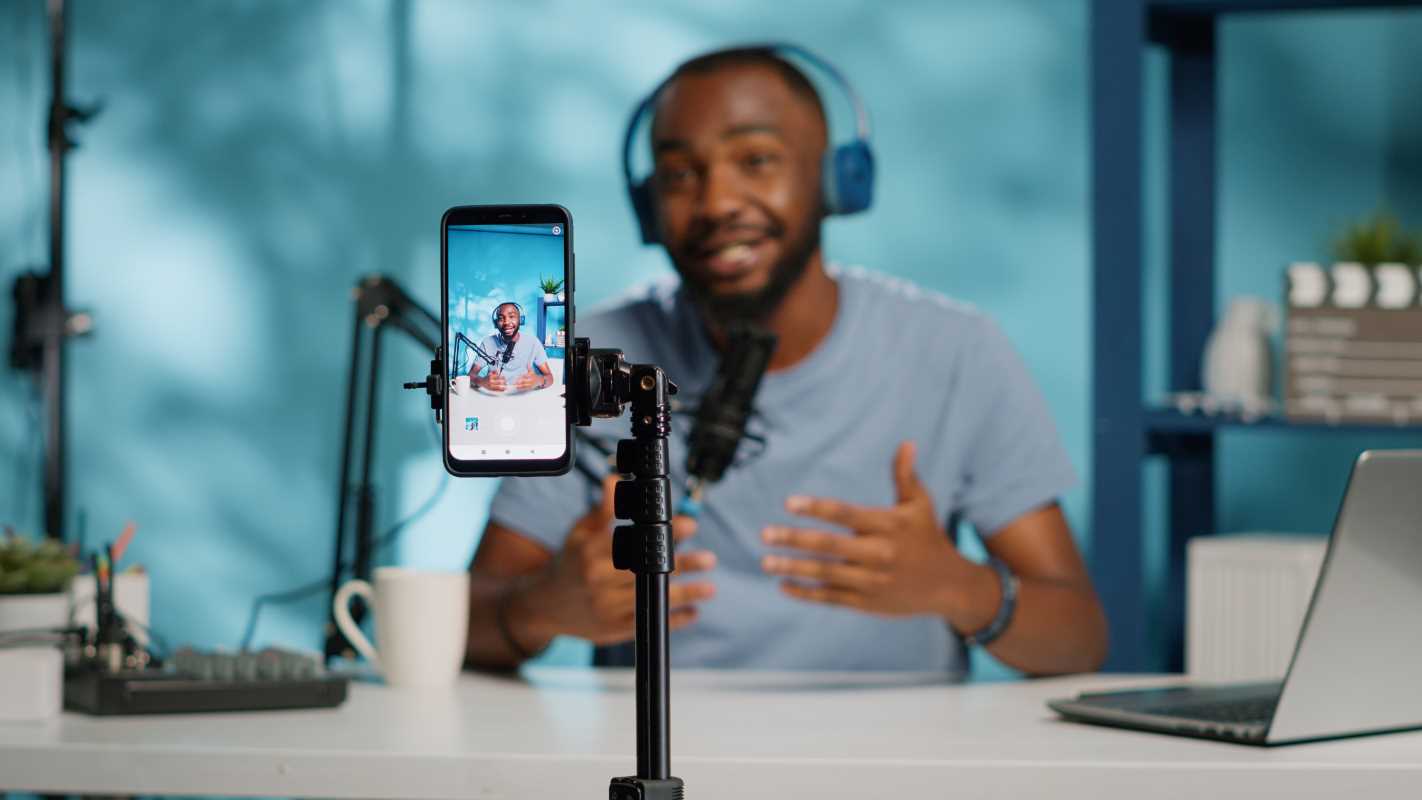Everyday tasks, like shopping online or checking your bank balance through a mobile app, now involve sharing personal information and navigating a sea of passwords, privacy settings, and unexpected messages. Staying safe online may seem tricky, but small changes can make a big difference. Simple routines—such as updating passwords regularly, recognizing suspicious emails, and reviewing app permissions—help protect your information without adding stress. You don’t need to be a tech expert to build strong online habits. Consistent, straightforward actions can fit naturally into your day, making it easier to keep your information secure as you browse, shop, and connect.
A thoughtful approach encourages you to stay curious about emerging tools and trust your instincts when something seems off. Recognizing a phishing link, choosing a stronger passphrase, or knowing when to update an app build your confidence over time. These steps feel rewarding because you see immediate improvements in how smoothly your favorite services run.
To highlight how this shifts your daily flow, consider one key phrase: digital security. Embracing fresh perspectives on safety doesn’t just shield devices—it raises your peace of mind.
Useful Tips for Staying Protected Online
Imagine protection that blends into your morning coffee ritual rather than demanding a weekend of research. When you pick a reliable password manager, for example, you unlock instant suggestions and autofill without second thoughts. That ease turns credential updates from a dreaded task into a quick click.
Think of privacy tools as friendly helpers. Browser extensions that block hidden trackers keep your browsing light and breezy. They rarely interrupt your flow and quietly stop unseen scripts from gathering details about your favorite shopping sites or travel boards. Every time a hidden tracker fails to load, you’ve just strengthened your boundary.
Another approach? Regularly reviewing app permissions gives you fresh snapshots of how much you share. An app that once needed location to tag photos might no longer deserve that access once you’ve moved on from geo-tagging vacations. Tightening those options takes under a minute and reinforces your control.
Finally, establishing a rhythm of monthly check-ins—no spreadsheets or alarms—can feel empowering. A short glance at your key accounts and a quick password change for the most important logins establishes a sense of progress. You’ll notice how frictionless upkeep saves hours of stress later on.
Important Habits to Secure Your Accounts
- Norton 360
- Features:
- Real-time threat radar
- Early malware detection
- Pricing: From $39.99/year (single license)
- Insider tip: Enable a custom scan schedule every Sunday evening to start the week free of hidden risks.
- Features:
- LastPass
- Features:
- Stores unlimited credentials
- Single master passphrase protection
- Pricing: Free tier covers all devices
- Insider tip: Turn on emergency access and assign a trusted contact to retrieve credentials if you’re locked out.
- Features:
- Signal
- Features:
- End-to-end encrypted calls and messages
- Free to use
- Safety number verification via QR scan
- Insider tip: Activate disappearing messages (24-hour timer) for sensitive chats to boost privacy and convenience.
- Features:
- 1Password
- Features:
- Travel Mode hides all vaults except selected ones
- Pricing: From $2.99/month per person
- Insider tip: Create a “Travel” vault with only essential items so border checks never expose your full database.
- Features:
- Authy
- Features:
- Two-factor authentication codes
- Works on smartphones and desktops
- Free to use
- Insider tip: Enable multi-device mode to sync across devices—if your phone is lost, access Authy from a tablet or PC.
- Features:
Consistent Routines for Confident Connectivity
Quick checks of account activity and device logins help you catch issues early and stay secure. Automatic updates and regular scans ensure protection without adding extra effort. By making privacy part of your routine, you create a safer digital space with minimal disruption.







